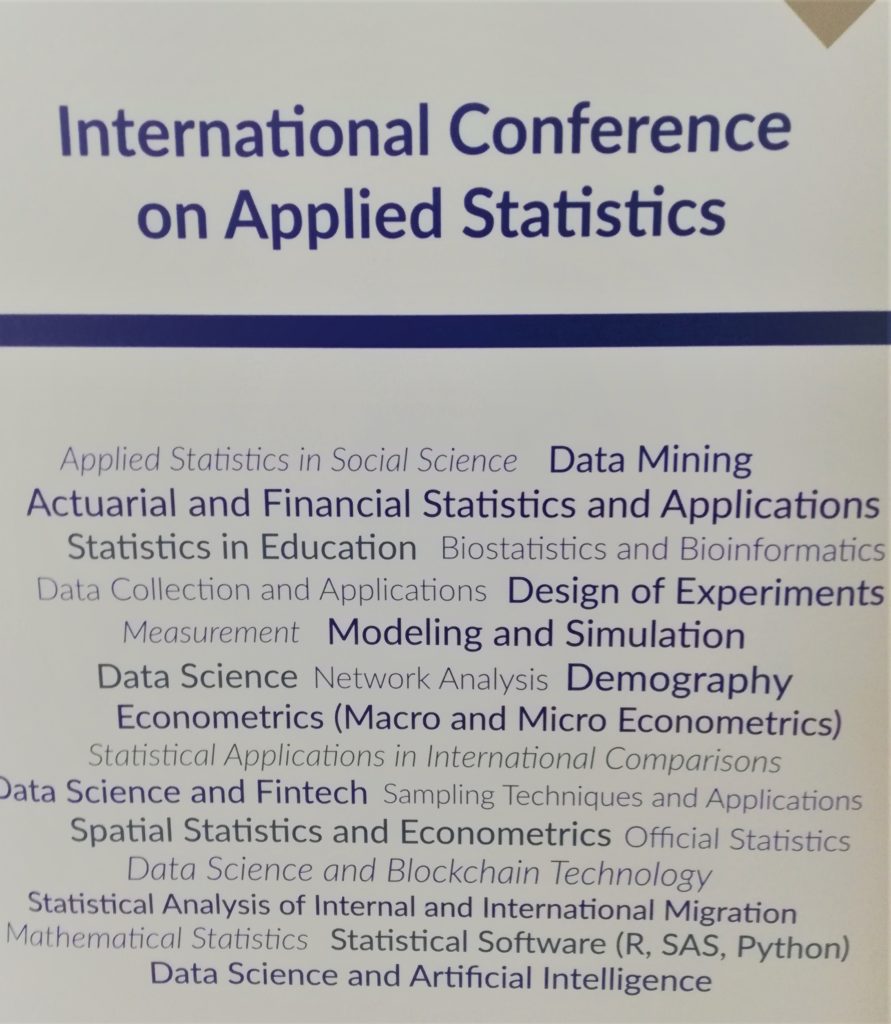Artificial Intelligence is hot, so was at least one of your debates around the fact that AI is not just glorified statistics. Also, putting together a PhD Researcher with an Industry Researcher might turn a small talk into a passionate and intense conversation. Now, is it about Machine Learning vs. Statistics? Industry Research vs. Academia Research? Is it about competition between the fields or can they go hand in hand? If so, where is the benefit?
Here at MILNESIUM we believe in collaboration. We like to see how academic statistical modelling and sub-fields of AI can help each other, resulting into their accelerated evolution. This was showcased by our colleague Florin Jurchis, at the 13th International Conference on Applied Statistics which took place in Bucharest on June 2019. The audience was able to observe a pragmatic collaboration between academia and industry by combining a PhD research in Cybernetics and Statistics with our company’s internal Deep Learning Computer Vision R&D. As one of the results, it was again emphasized how statistics can reduce AI bias and how sub-fields of AI can improve statistical modelling.

The main aim of the presented study was to analyze the health status in EU at regional NUTS2 level together with its influential socio-economic factors. Apart from statistical and classical econometrics, spatial analysis has been conducted to determine possible similarities and dissimilarities among regions, accounting for the fact that the events of a specific region are interrelated with the events of the neighboring regions. The negative distribution of the dependent variable: life expectancy, involves the Quantile Spatial Autoregressive Model which has been applied also to see the factor influence in different regions of health’s status proxy distribution.
Moreover, the analysis has led to the anticipated conclusion that greater the gaps between rich and poor, or less versus better educated, greater the differences in health status and life expectancy are; hence a need for policies designed to reduce territorial health disparities has been found across regions. In addition, Computer Vision and Deep Learning techniques have been used to gather accurate data on urban green spaces variables given that more than half of the globe population is living in urban areas and urban greenery has a high positive influence on health.
Stay in touch! We’ll share more with you soon…!
